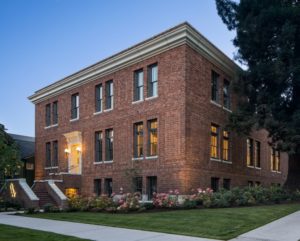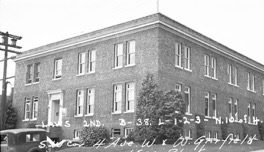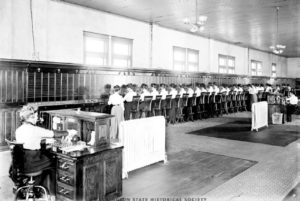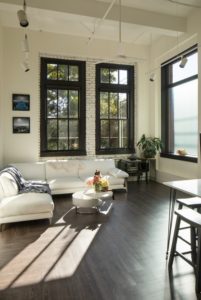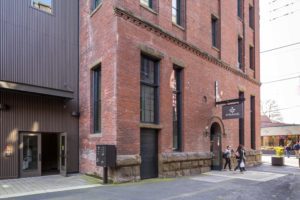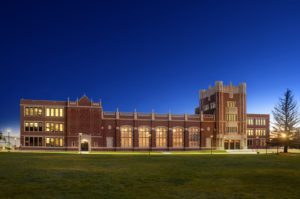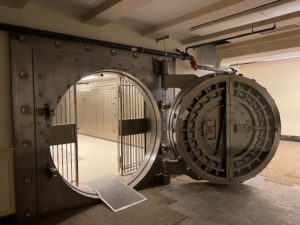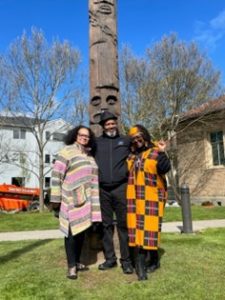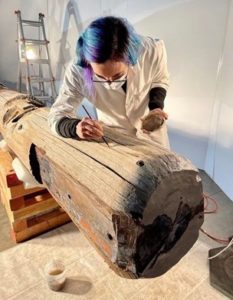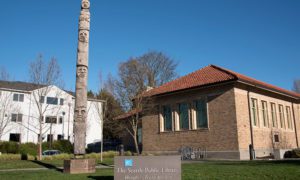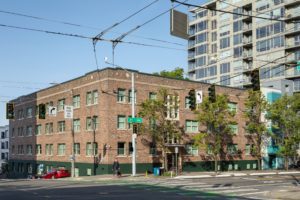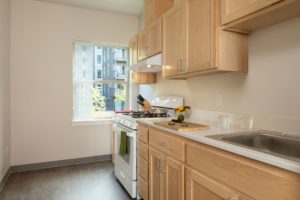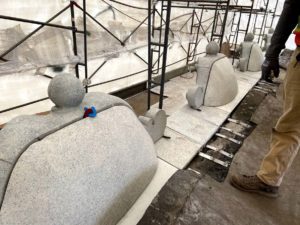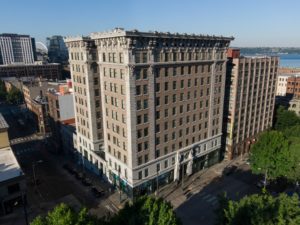Congratulations to the Dr. James W. Washington, Jr. & Mrs. Janie Rogella Washington Foundation!
The Dr. James W. Washington, Jr. & Mrs. Janie Rogella Washington Foundation was established in 1997 by the couple to “preserve the art, writing, and lifetime works of Dr. James W. Washington, Jr., their home and gardens, and share their vision through the preservation, interpretation, and showing of his works and studio, and the family gardens and home. Also, to encourage others by providing a setting where they can grow beyond the book, spiritually and artistically, and to share their talents with a larger audience.”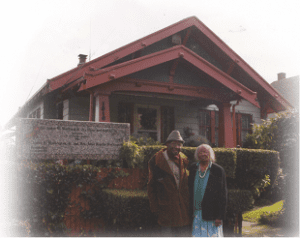
Dr. Washington was born and raised in Gloster, Mississippi, and came to Seattle with his wife Janie to work in the shipyards as part of the WWII war effort. James was a renaissance man with a wide variety of talents and interests; besides his mechanical and industrial capabilities, he was a prolific painter and sculptor, becoming an eminent member of the Northwest School of Art, as well as a writer and community activist.
Dr. Washington’s world-class sculptures are not only in places such as the Schomberg Center for Research in Black Culture, the Smithsonian, Rotunda of Achievement, but also locally at the historic Mount Zion Baptist Church, Odessa Brown Children’s Clinic, Seattle Center, Washington State Capitol campus in Olympia, and in private collections worldwide. On May 20, 1973, James W. Washington Day was proclaimed by the Mayor of Seattle. 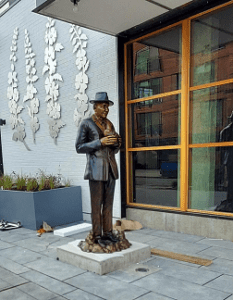
The Washingtons bought a house in Seattle’s Central District in 1949, where they resided for 51 years. A dream developed in them to bequeath their home to the community, leaving a place where people from all backgrounds could experience art, gather, and learn. To this end, the Washingtons established a non-profit foundation in 1997, personally selecting their board of directors, a few of whom are still serving the organization. When James and Janie both died in the year 2000, they left their home, a treasure trove of artwork, artifacts, and collections, as well as a substantial endowment as their legacy for the entire community.
Over the years, the Washington Foundation has maintained and upgraded the house, studio, and gardens and presented activities and programs for the community. Last year, the Foundation launched a Strategic Planning Committee to refresh its mission and vision and a fundraising campaign to continue the work and legacy of its founders. 
As the winner of the 2022 Community Advocacy Award, the Dr. James & Janie Washington Cultural Center will receive a $3,000 prize in support of their efforts to improve and preserve the landmarked house, grounds, and studio of James & Janie Washington; renew the Foundation’s Artist in Residence program; make the studio space available for rental; install exhibits in the house on a rotating basis; and make available the library with over 3,000 books of potential interest to artists and scholars, as well as Dr. Washington’s personal documents, photographs, and African art collection.
Project Team:
The Dr. James W. Washington, Jr. & Mrs. Janie Rogella Washington Foundation Board
Images courtesy of The Dr. James W. Washington, Jr. & Mrs. Janie Rogella Washington Foundation.
